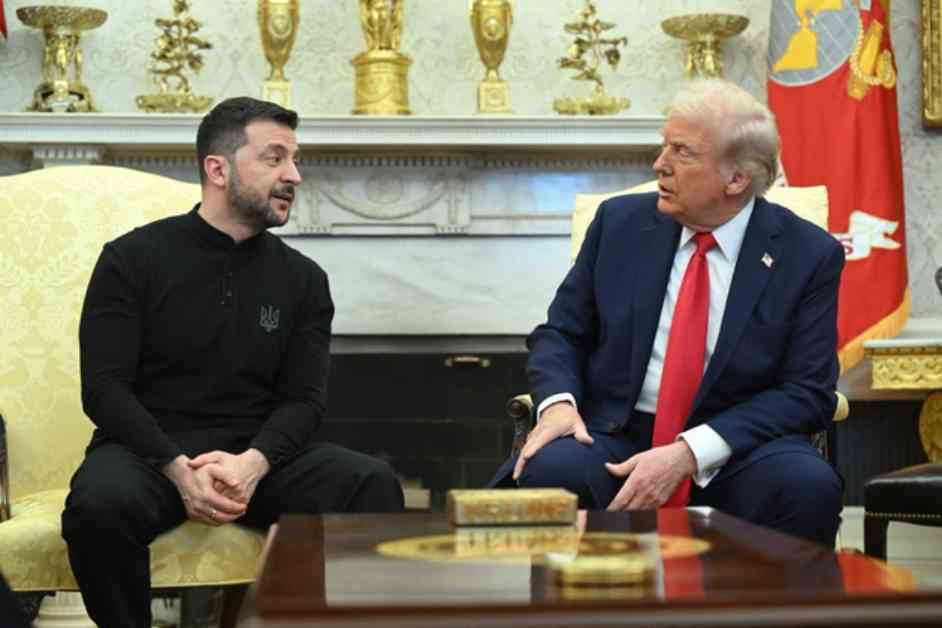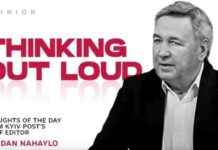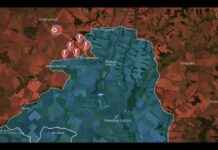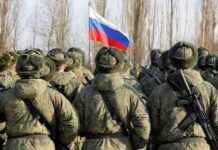Washington’s Strategic Approach Towards Ukraine: A Closer Look
In recent days, Washington has witnessed a series of controversial decisions that have sent shockwaves through the realm of foreign policy. President Donald Trump, alongside Vice President JD Vance, National Security Advisor Mike Waltz, and Secretary of State Marco Rubio, has steered the nation down an unprecedented path, drawing mixed reactions from both the public and political spheres. The addition of Senators Lindsay Graham, Ted Cruz, and Mike Lee, as well as House Speaker Mike Johnson, has further solidified this unconventional heptagon of misfortune for Ukraine.
The Saga Unfolds: The Oval Office Showdown
The unfolding drama began with a high-stakes meeting in the Oval Office that echoed the tension of Tombstone’s O.K. Corral. Tempers flared, and Ukrainian President Volodymyr Zelensky found himself swiftly escorted out of the White House, leaving behind a rare earth minerals (REM) deal worth a staggering $1 trillion. This abrupt turn of events also saw the loss of a $500 billion share of the pie, which Trump lamented as an attempt to reclaim aid provided to Ukraine under the Biden Administration.
Zelensky wasted no time in seeking support on an international stage, jetting off to London to participate in an emergency European summit. The gathering brought together a constellation of leaders from various nations, all united under the banner of a “Securing Our Future” initiative. As the dust settled, the repercussions of this diplomatic upheaval began to ripple through the corridors of power in both Washington and beyond.
A Clash of Wills: The REM Deal Dilemma
The heart of the matter lay in a calculated risk taken by the Trump administration, which sought to secure a REM deal with Ukraine while overlooking Zelensky’s reservations. Despite the Ukrainian President’s repeated refusals to sign the deal, Trump’s team pressed forward, expecting compliance where there was none to be found. The clash of priorities between “Ukraine First” and “America First” laid bare the complexities of international relations, underscoring the challenges of aligning divergent interests on the global stage.
As tensions mounted, the White House made the controversial decision to pause military aid to Kyiv, halting the flow of crucial support approved by Congress. What began as a business transaction swiftly devolved into a personal feud, with Trump and his advisors feeling slighted by what they perceived as a lack of gratitude from Zelensky. The stage was set for a high-stakes showdown, with the future of US-Ukraine relations hanging in the balance.
A Quest for Peace: Zelensky’s Gambit
In a bid to mend fences, Zelensky extended an olive branch to the White House, signaling his willingness to work towards a ceasefire with Russia and reassess the REM deal. His call for a truce in the sky and the release of prisoners underscored his commitment to finding a peaceful resolution to the conflict. However, the road to reconciliation was fraught with obstacles, as Russia’s reluctance to reciprocate loomed large on the horizon.
Trump’s rhetoric, while optimistic, highlighted the challenges of navigating the complex web of international diplomacy. As the specter of Russian aggression loomed large, the need for a unified approach to bolster Ukraine’s position became increasingly urgent. The delicate dance of power dynamics underscored the fragility of peace in the face of entrenched conflicts and geopolitical rivalries.
In the crucible of crisis, the fate of Ukraine hung in the balance, with the specter of Russian aggression casting a long shadow over the region. As Washington grappled with the complexities of foreign policy, the world watched on, holding its breath for a resolution that would bring stability to a troubled region. The road ahead was fraught with uncertainty, but the stakes could not be higher as the fate of nations hung in the balance.

















